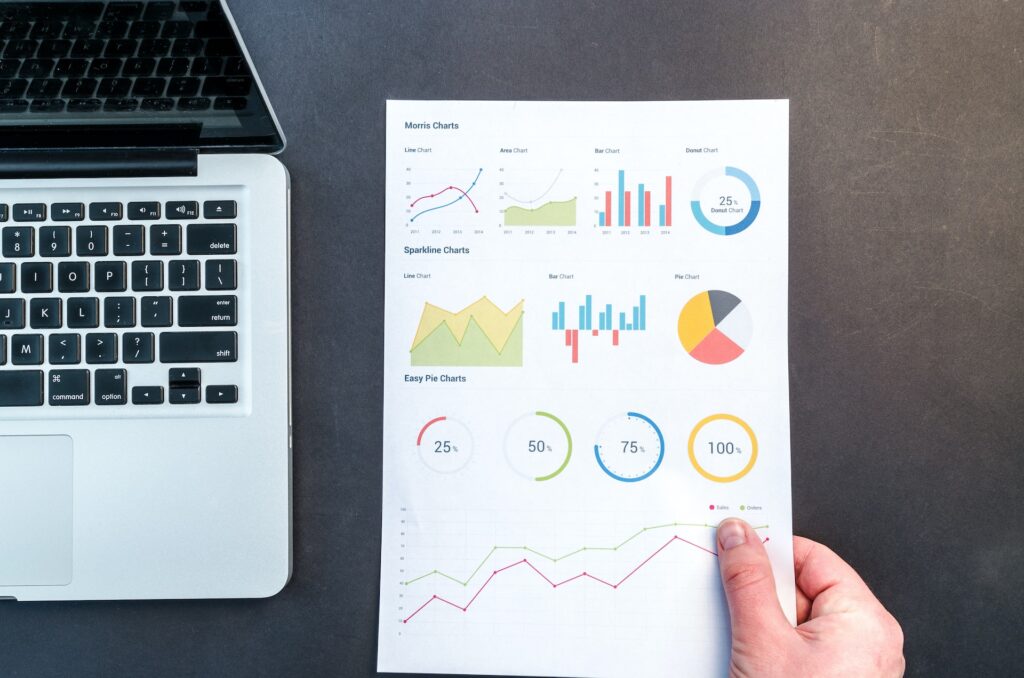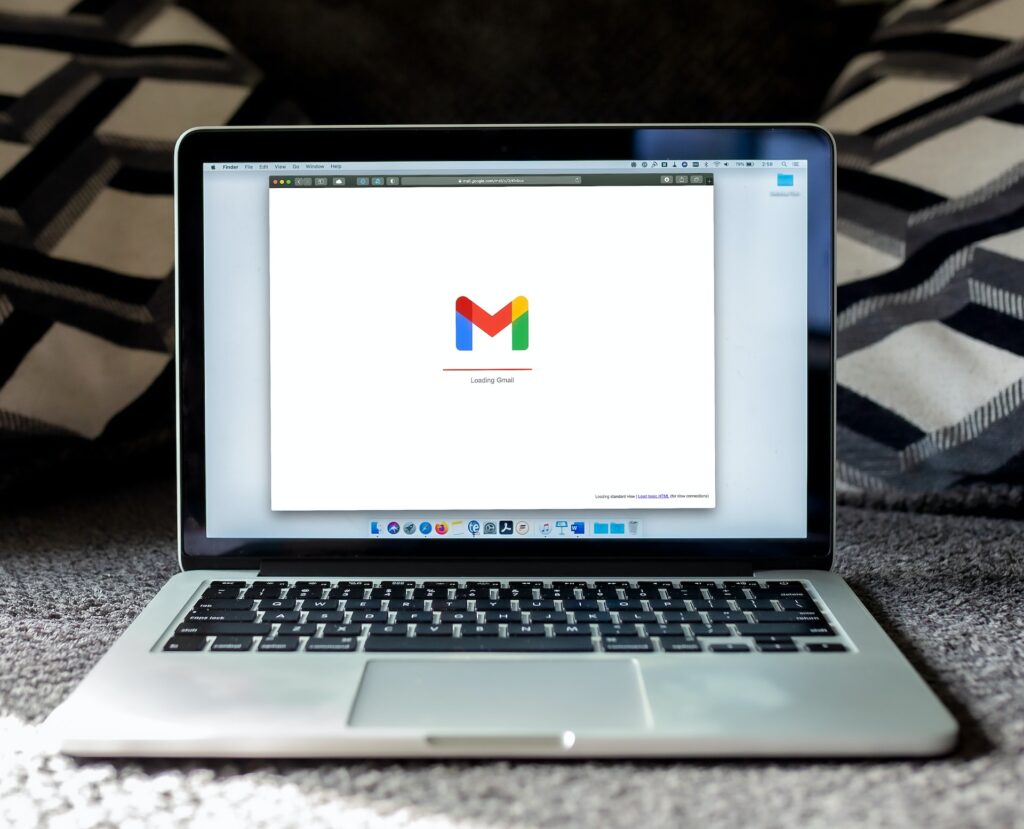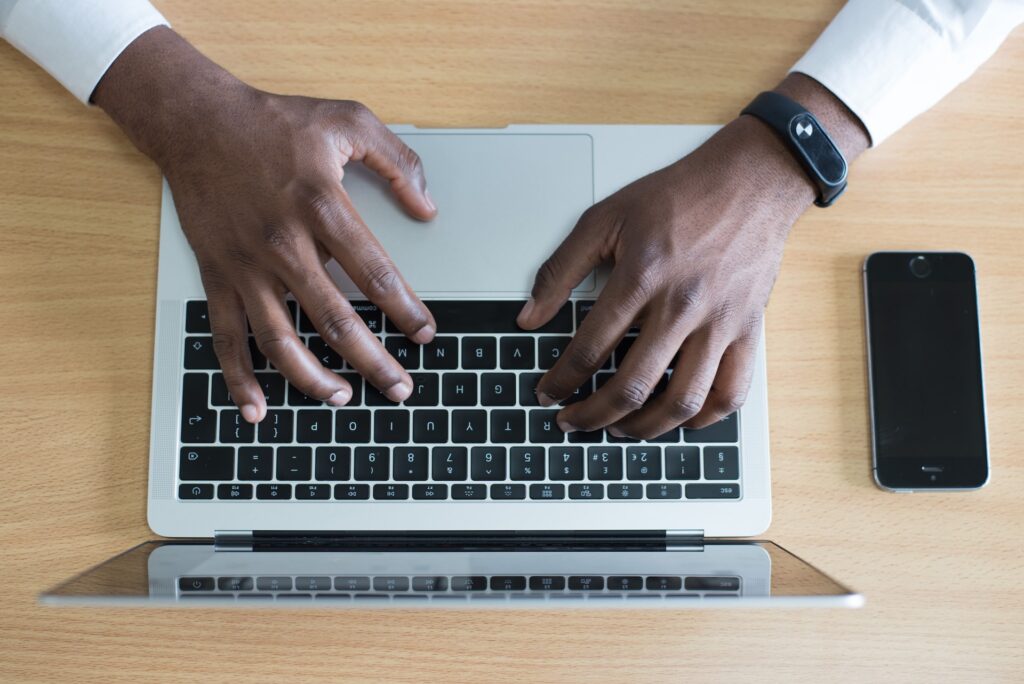Email campaigns are a great way to market your event—including selling tickets and even collecting post-event feedback. According to Wishpond, 78% of event presenters agree that email marketing is their most commanding marketing tactic. And what’s more, 45% of event tickets can be sold using event emails! This is great news because emails are a low-cost form of communication. But you have to send the right kind of emails to get the results you want. Specifically, a personalized email: All the data shows that when you personalize your event emails, your customers are happier and your emails perform better.
In this post, we’re going to go over five ways to personalize your event emails, including why each method is important. Most customers don’t want to be sold a product—they’re sold dozens of products every day on social media, websites, and by postal mail. Instead, they’re interested in feeling special and building a relationship with your brand. But relationships are two-way streets, so personalize your event emails to show that you’re investing in them, too.
Personalize Your Audience Segments

Why it matters
When sending event emails, casting a wide net is not the best method. Indeed, marketers report a 760% increase in email revenue from personalized and segmented campaigns. That’s a huge number! When you segment your campaigns, you’re sending the right email to the right audience. And relevant emails have the highest success rate.
How to make it personal
Before you even send the email, your recipients should be in the right segments. Of course, this will vary based on the topic of your event, its location, and your offerings. But we’ll give you some examples of good email segmenting. For example, if your fall events lineup is geared towards professionals who have a decade of experience, make sure your lists are segmented by age—and don’t send invites to recent college grads.
You could also segment based on projected income, so you can email them with the appropriate ticket tiers. A college student living on campus probably can’t afford your $500 VIP tickets. But the suburban mom of four who’s a VP is more likely to have the budget. Knowing who you’re emailing is an important first step in successfully communicating with them.
Personalize Your Subject Lines

Why it matters
Subject lines are the first thing your customers see. It doesn’t just tease the contents of your email—it also determines whether your customers even open the message. And if your audience isn’t opening the emails, they can’t purchase tickets or learn more about your event. So, personalize those subject lines! Emails with personalized subject lines are 26% more likely to be opened.
How to make it personal
Most commonly, subject lines are personalized with first names and locations (especially states). Although we recommend starting with those two forms of personalization if you’ve never experimented before, you can also use any of the merge tags from your email.
You could also personalize the subject line based on their past relationship with your event. For example, did they attend an event last month? Then you could recognize that in the subject line, asking about attending another event this year or attending the annual conference again. This is where segmentation is really helpful, because you can separate your email lists based on who’s attended what events, or if they’ve attended any events at all.
While the data shows that personalized subject lines perform better, you’ll still have to experiment to find out what forms of subject line personalization works best for your audience through A/B testing.
Personalize Your Calls to Action

Why it matters
What actions do you want customers to take? It’s important to include the right next steps in your emails—but that right next step will change, depending on your audience. And, of course, there’s data to back that up! Personalized calls to action convert 202% better than default or standard calls to action (CTAs). Now we’re starting to see just how important it is to customize your event emails. With the right subject line, the right call to action, and the right audience, your email is powerful!
How to make it personal
Think back to your segments—who is receiving your email? New leads who’ve never attended your annual event before might benefit from less committal CTAs like View Upcoming Events or Learn More. On the other hand, someone who’s attended every year might respond better to something like Register Today or Read Schedule. Similarly, someone who registers for events but never attends could respond well to Virtual Events Schedule or Remind Me. Just like subject lines, you might have to test your CTAs for each segment before finding the right fit.
Personalize Your Offerings
Why it matters
Sometimes, CTAs include an offering. For event marketing, this can mean early bird pricing or discounts on lodging. But also like CTAs, you have to make sure they’re relevant for your audience—someone who doesn’t have the budget to attend your event live likely won’t have the budget for lodging, either. And 55% of consumers believe receiving targeted promotions and discounts would create a more enjoyable email experience. If your emails stop being relevant, they will just delete your emails without opening them or worse—unsubscribe altogether.
How to make it personal
This works especially well for ticketed events, because you can send different ticket options to different recipients. Like we mentioned earlier, younger audiences could learn about discount ticket options, whereas wealthier customers can receive information about VIP tickets or sponsoring an attendee.
You can also customize which events are marketed in the email. Maybe you have ten events coming up in the next three months. You can’t talk about all of them in one email! So highlight 2-3 based on the recipients past attendance or, if they’re new, their demographics. That way, they’re always getting relevant content in their emails.
Personalize Your Automation

Why it matters
You still want to keep in touch with your audience, even if you’re not actively marketing an event. And you can do this through automation—by sending triggered messaging based on your audience’s actions, instead of just sending generic one-off email blasts. These emails are worth it, too. According to VentureBeat, automated emails drive conversion rates 180% higher than batch emails. It’s the perfect way to build a relationship while giving your audience the content they want.
How to make it personal
The best way to make automated emails personal is to make them relevant. Because automated emails are triggered by an action, the email content should be a relevant follow-up to that action. For example, if the action was attended a recent event, you could send a thank you email that summarizes the key points with CTAs to view an upcoming event or learn more about the topic.
On the other hand, if someone downloaded a guide for planning an event, they should receive an automated email with more resources around event planning, including an up-sell for your services. (Hint: This could even include a discount code for select services as a relevant offering.)
If it’s relevant to your business, you can even send birthday emails or special moment emails that don’t have any sales pitches. It’s a nice, simple, and free way to acknowledge that your customers are people, not just dollars.
Conclusion
There are many ways to personalize your event emails. We’ve only discussed some of the most common ways here! If you’re just starting out, we recommend picking just one or two of these methods. Then, test everything before you implement it into your regular marketing strategy–what works for other businesses might not work for yours. But as you begin testing, you can slowly start to add more and more personalization methods, because your best emails will be the most personalized.

